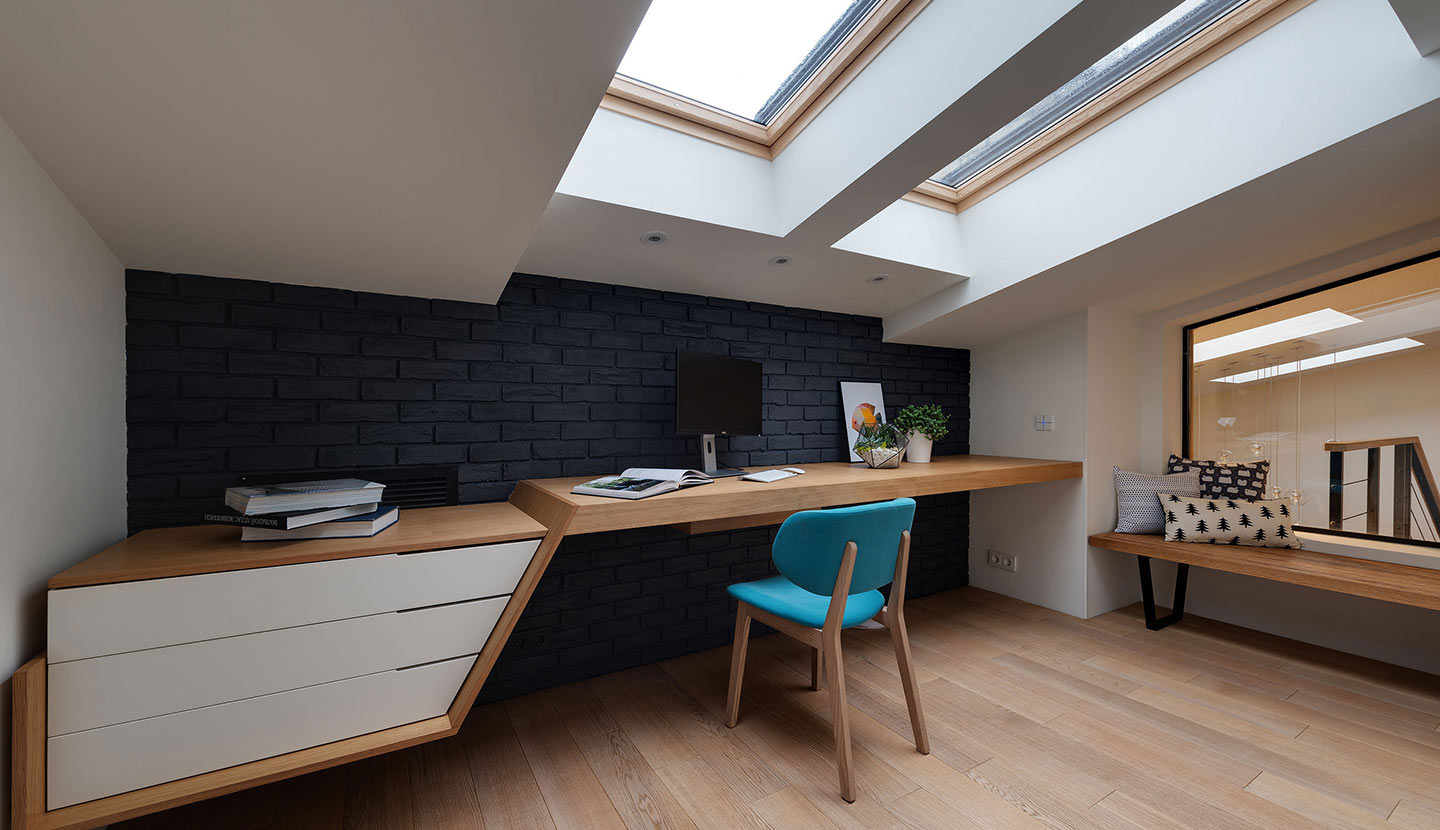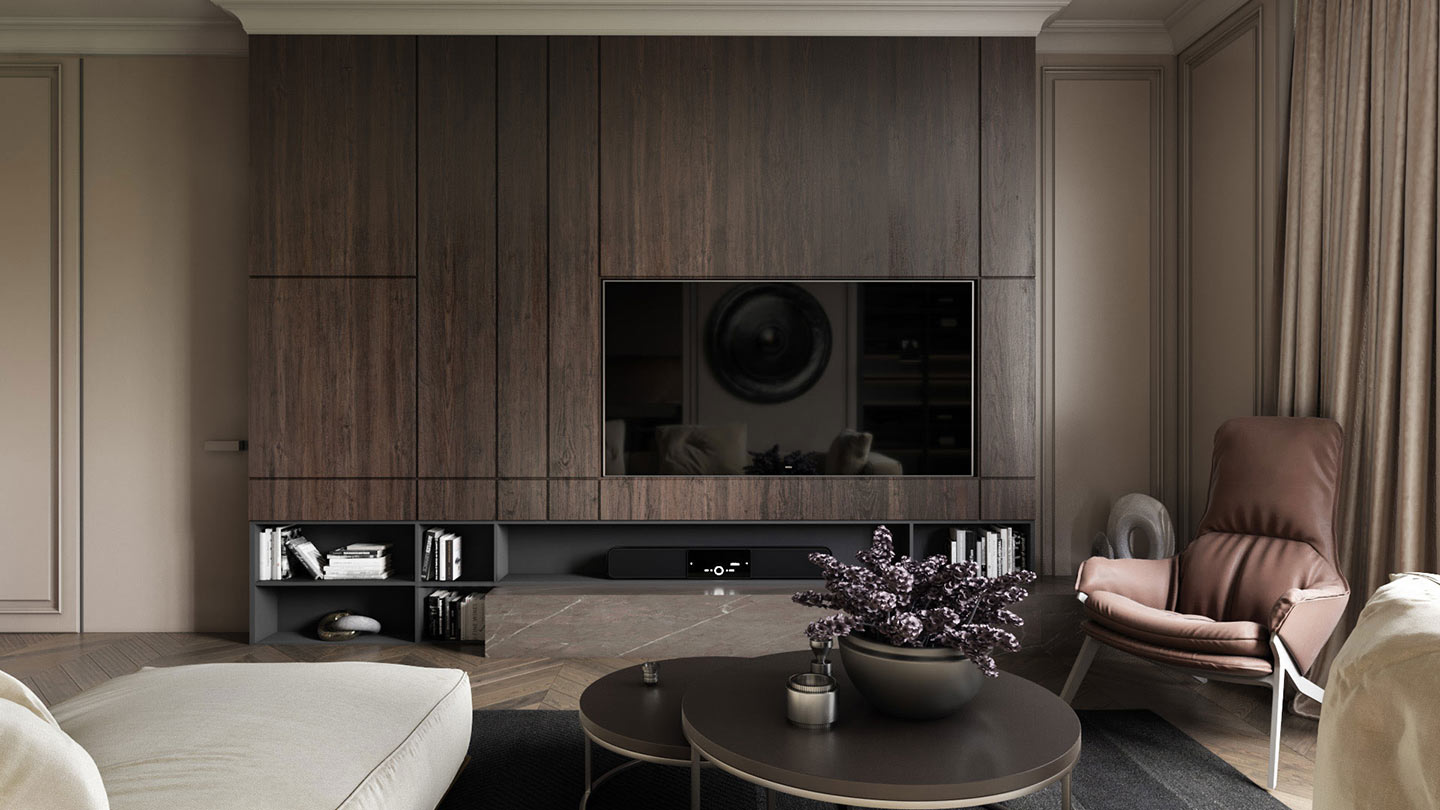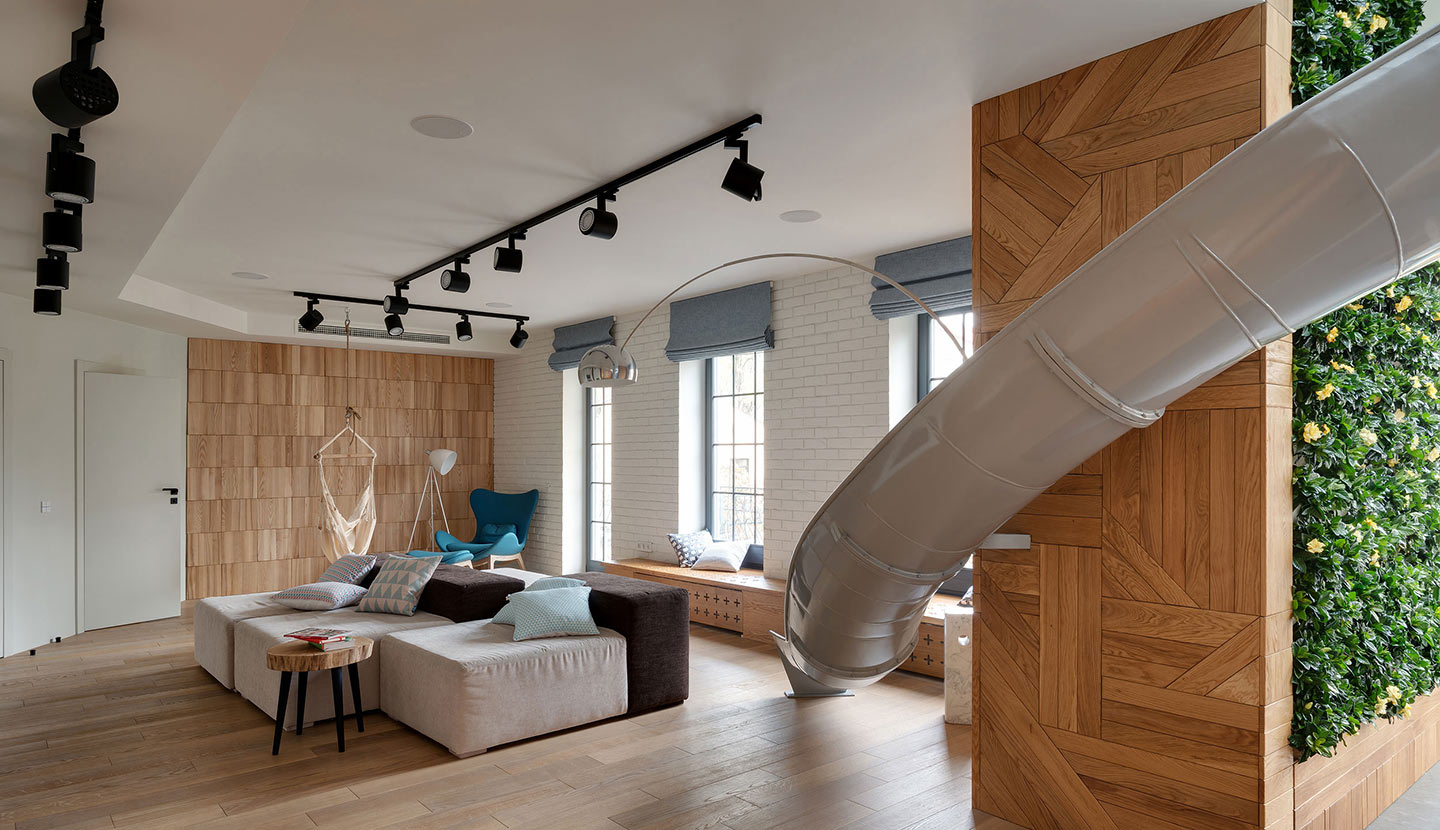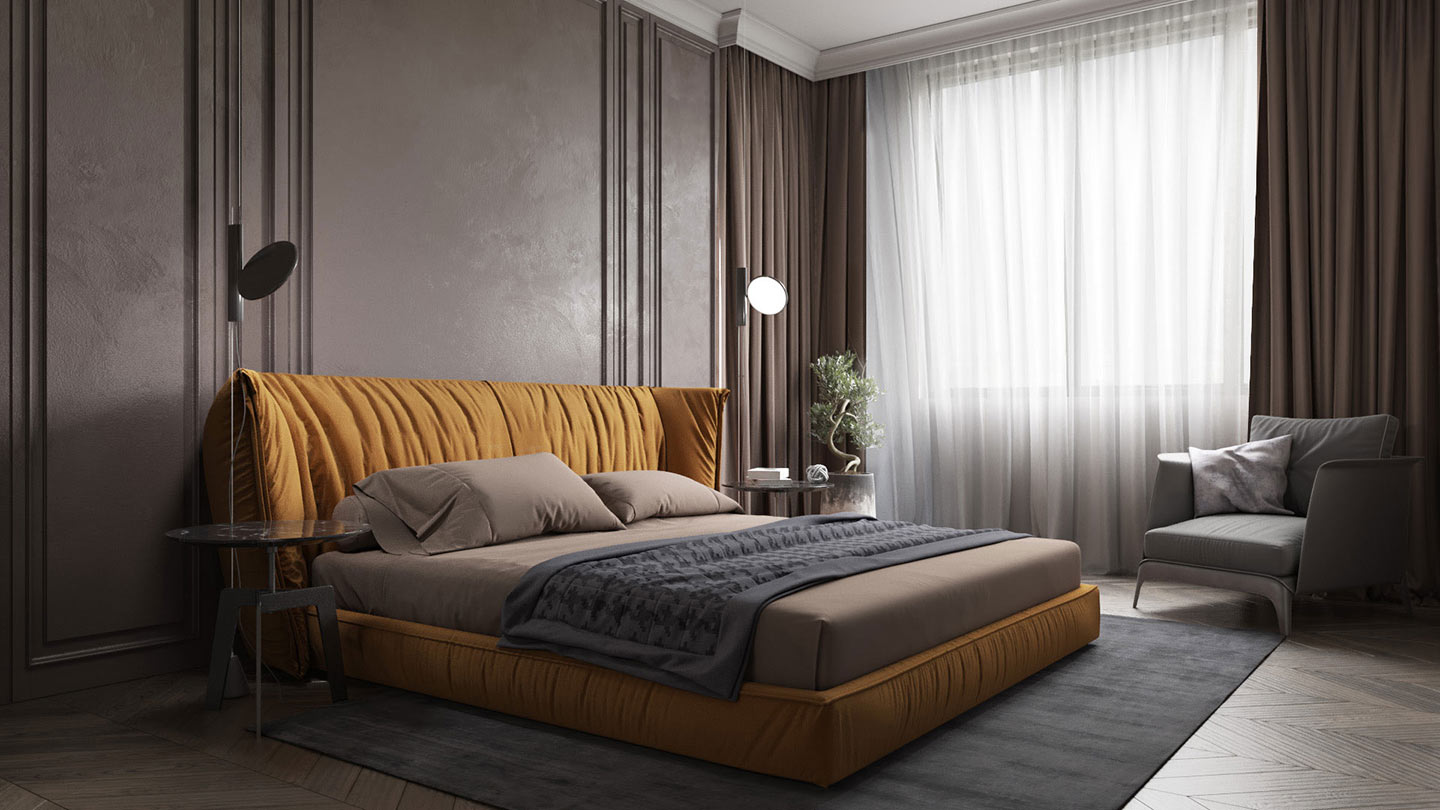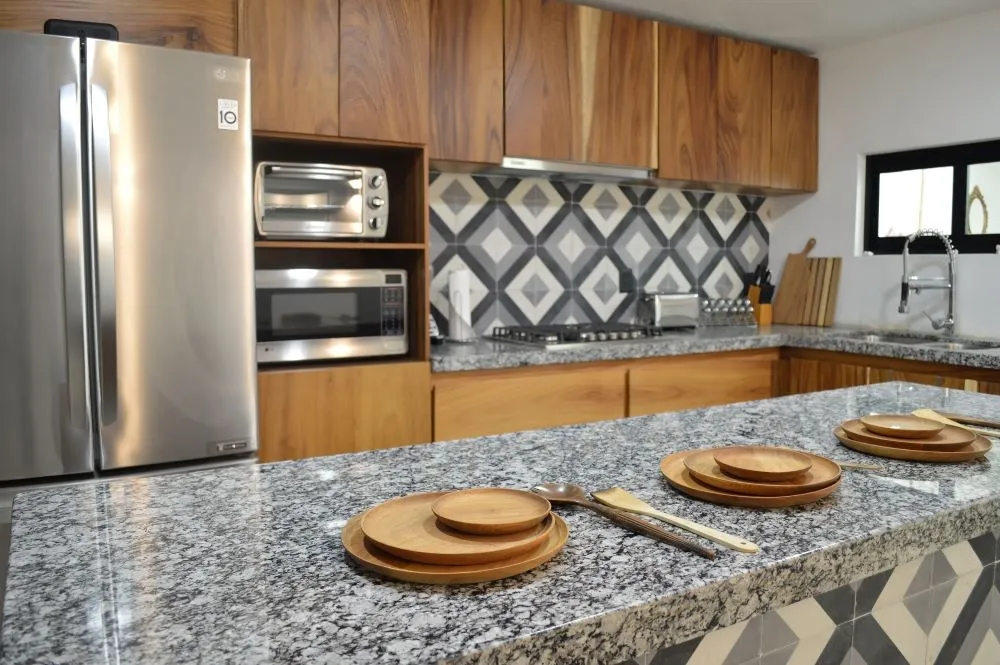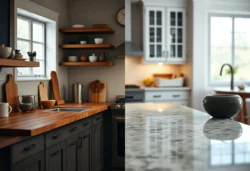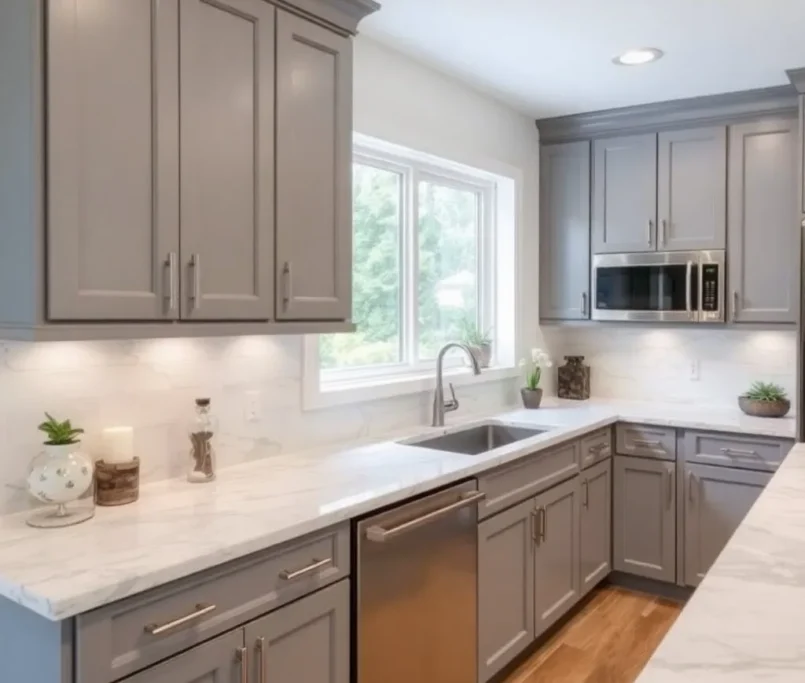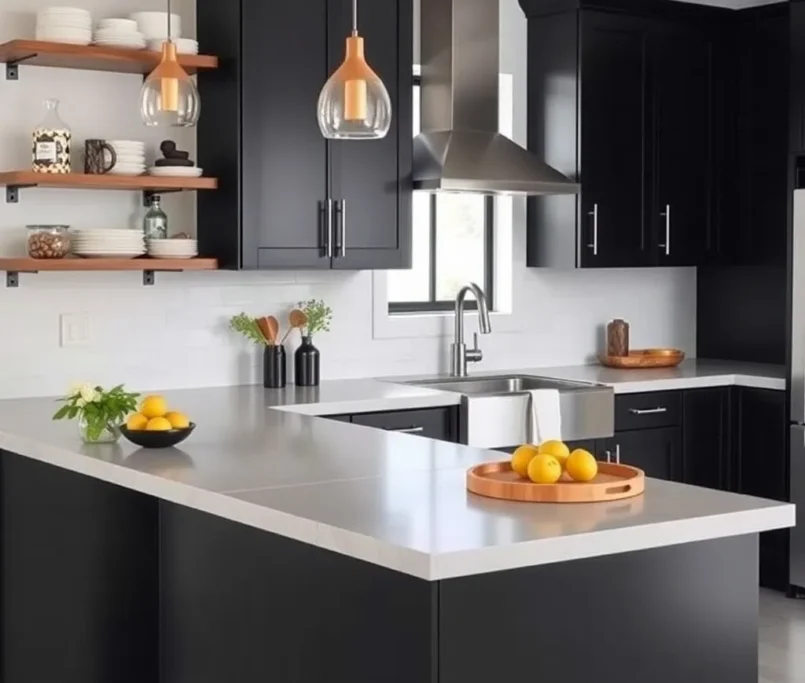Granite countertops are a common feature in contemporary kitchens, but most homeowners aren’t sure how to safely place hot cookware on them. Granite has grown in popularity as a kitchen countertop material due to its long lifespan and beautiful pattern. Is it okay to place hot objects on granite, though? Let’s take a closer look at granite’s heat resistance and how to maintain its luster for a long time.
About Granite Countertops
Geological Formation of Granite
Granite is primarily composed of quartz, feldspar, and mica, with small traces of other minerals contributing to its unique color variations. Quartz, the most abundant mineral in granite, provides hardness and durability, while feldspar adds stability and resistance to heat and pressure. Mica, known for its shiny appearance, enhances the aesthetic appeal of granite countertops.
=> Related Article: The Average Price of Different Countertops
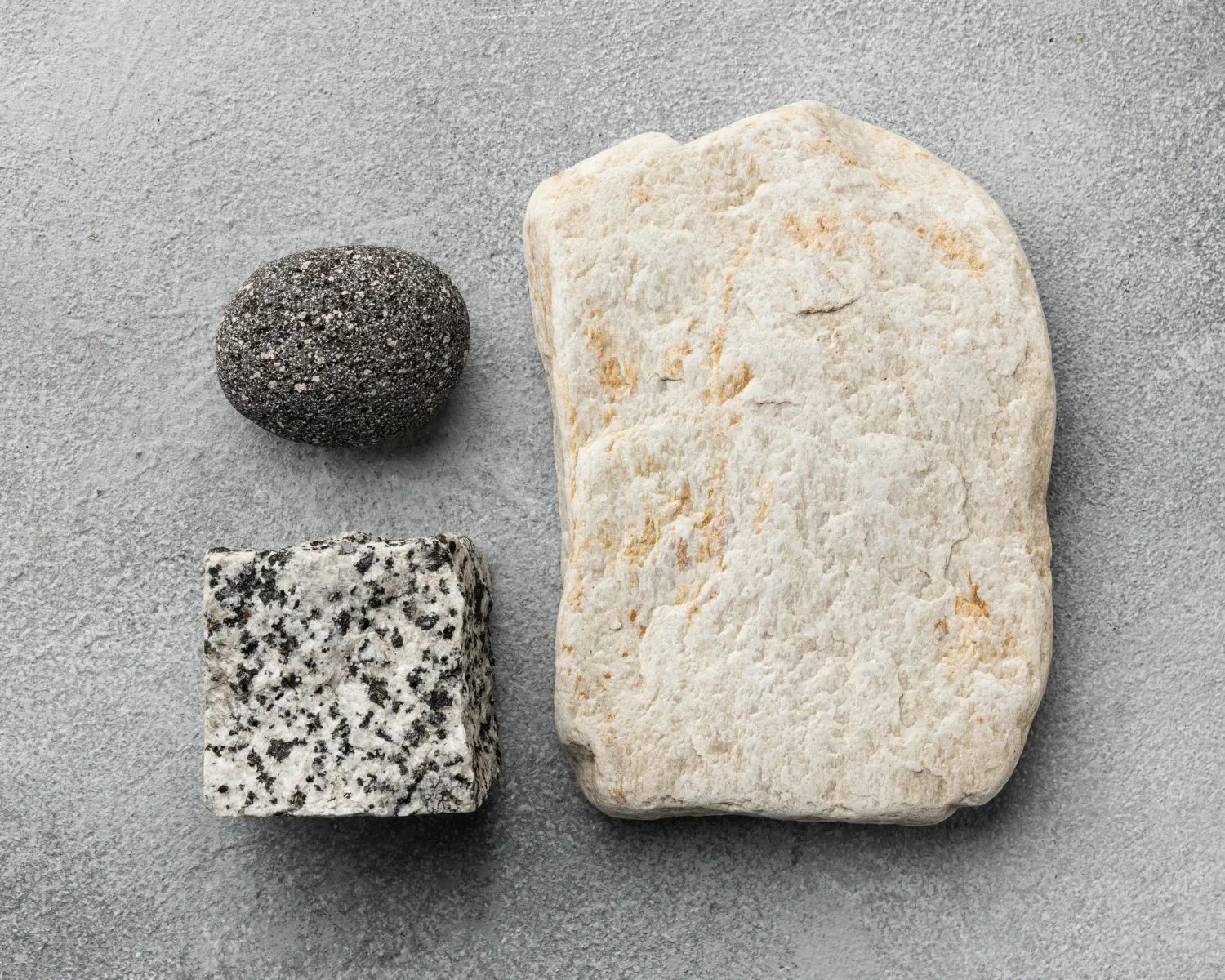
In the components of granite, quartz crystals give the stone its hardness and make it resistant to scratching and abrasion. Feldspar minerals contribute to granite’s heat resistance and overall durability, making it a popular choice for kitchen countertops. Mica, with its reflective properties, adds a touch of elegance to the surface of granite, enhancing its visual appeal.
Heat Resistance and the Physical Properties of Granite
Granite exhibits exceptional heat resistance, with the ability to withstand temperatures up to 1,650 degrees F before experiencing any effects. Its high melting point of around 2,300 degrees F is a testament to the extreme heat tolerance of this natural stone. When properly sealed and maintained, granite countertops can endure the everyday heat exposure from hot pans and cookware without significant damage.
=> Related Article: Granite Backsplashes: Pros, Cons, and Options
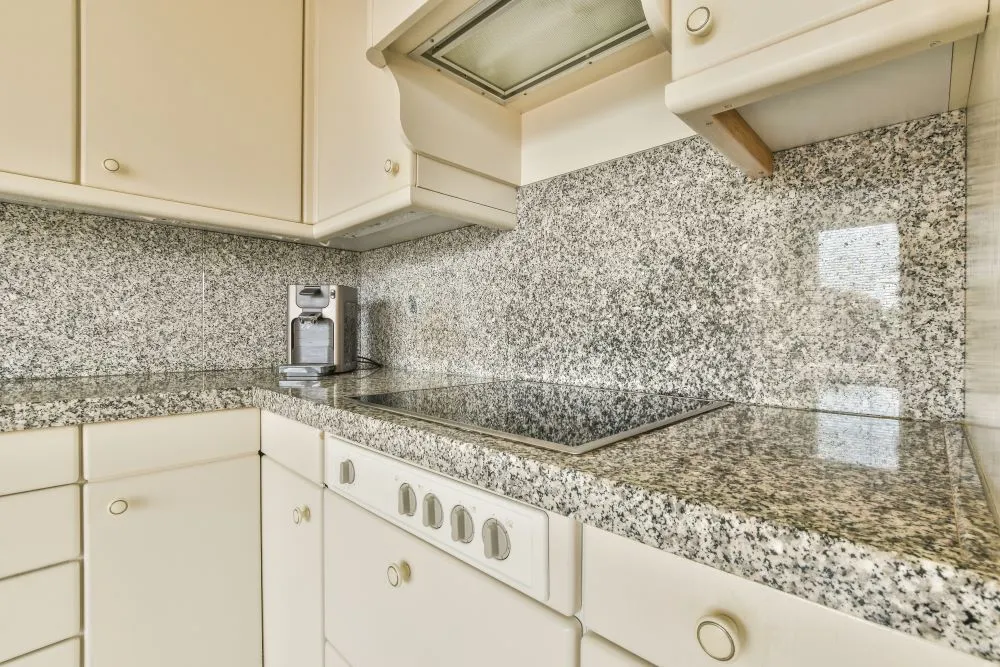
Another evidence of granite’s longevity is its resistance to thermal shock, a condition in which sudden changes in temperature cause materials to break. Granite is a dependable material for high-heat areas like kitchens due to its physical qualities and natural composition, however care should still be exercised to prevent severe temperature differentials. Your granite countertop may be a beautiful and practical addition to your kitchen for a long time if you take good care of it.
Can You Put Hot Pans On Granite Countertops?
Yes, in a nutshell, hot pans placed on granite surfaces will not immediately cause harm. Tempters as high as those found in a hot oven or stovetop won’t be able to harm granite because of its exceptional heat tolerance. Having said that, not all forms of heat can penetrate granite. Surfaces can become discolored from prolonged exposure to heat or from placing hot objects on the same area repeatedly; restoring them requires expert cleaning and polishing.
Best practices for hot pans and granites
All granite countertops are heat resistant, but it’s crucial to prevent excessive heat exposure to maintain their longevity. The heat tolerance of granite can be compromised with prolonged heat exposure, leading to discoloration and potential damage. Be careful not to leave something very hot on the surface for too long. It is recommended to use a trivet or potholder to prevent hot objects from directly touching a granite surface. In addition to absorbing heat, these objects protect the granite from harm.
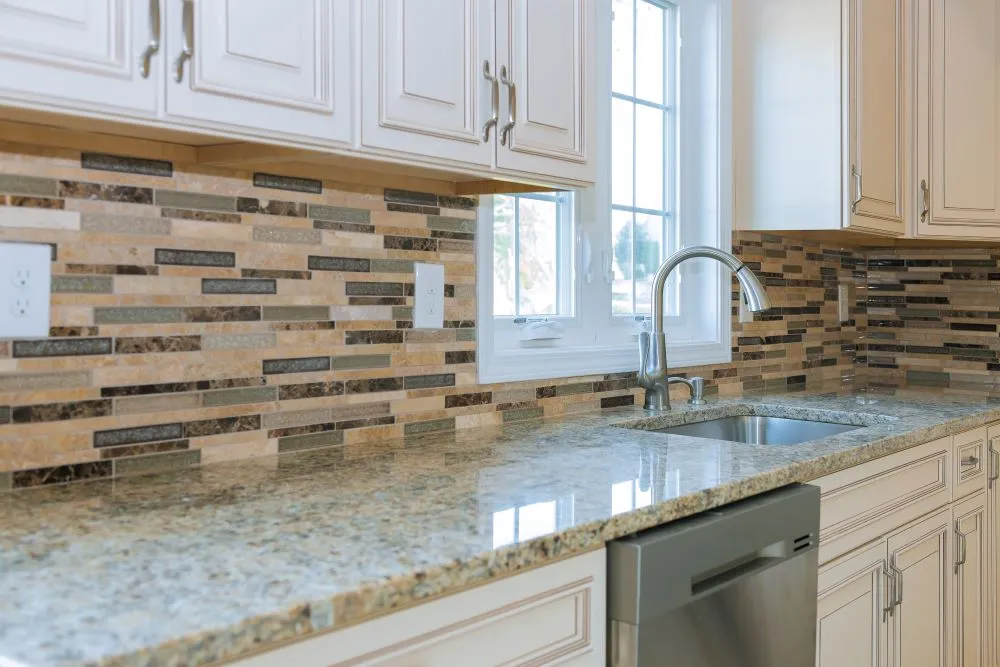
Using trivets and potholders is a simple yet effective way to ensure your granite countertop remains in prime condition for years to come. Safeguarding your granite countertop by using trivets and potholders not only protects the surface from heat damage but also prevents scratches that can occur with direct contact between hot items and the granite.
Tips for Distributing Heat Evenly on Granite Surfaces
- Use a trivet or potholder to distribute heat evenly across the surface.
- Avoid placing extremely hot items in the same spot repeatedly to prevent heat damage.
- Allow the granite countertop to cool down before placing cold items on it.
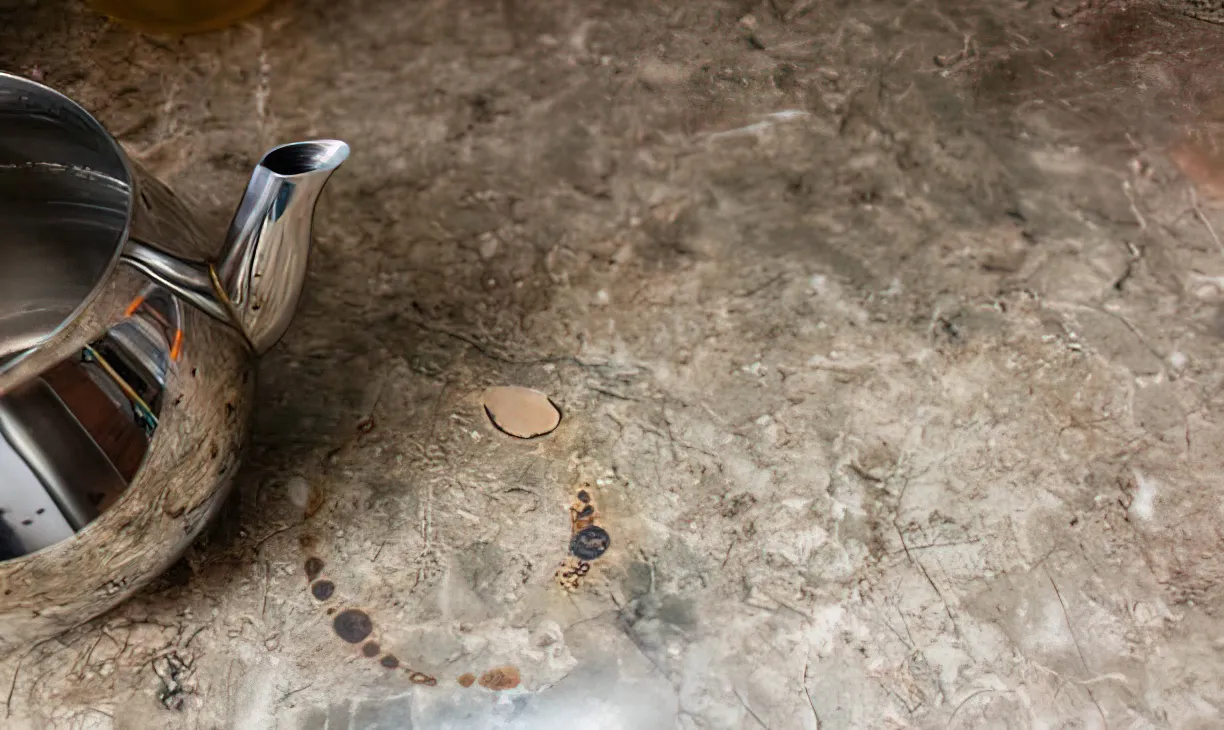
Final Words
Although granite countertops can withstand high temperatures, it is still important to be careful not to place hot cookware directly on them. Granite can tolerate high temperatures for short periods of time, but long-term exposure can cause staining and other damage. The best way to keep your granite countertop safe from heat is to use trivets or potholders. To further reduce the likelihood of thermal shock, try not to place objects with very cold temperatures next to pans with very hot ones. You can extend the life of your granite countertops and keep them looking great by following these easy steps.


